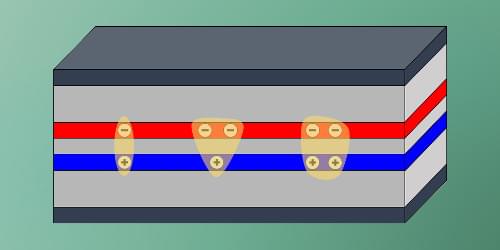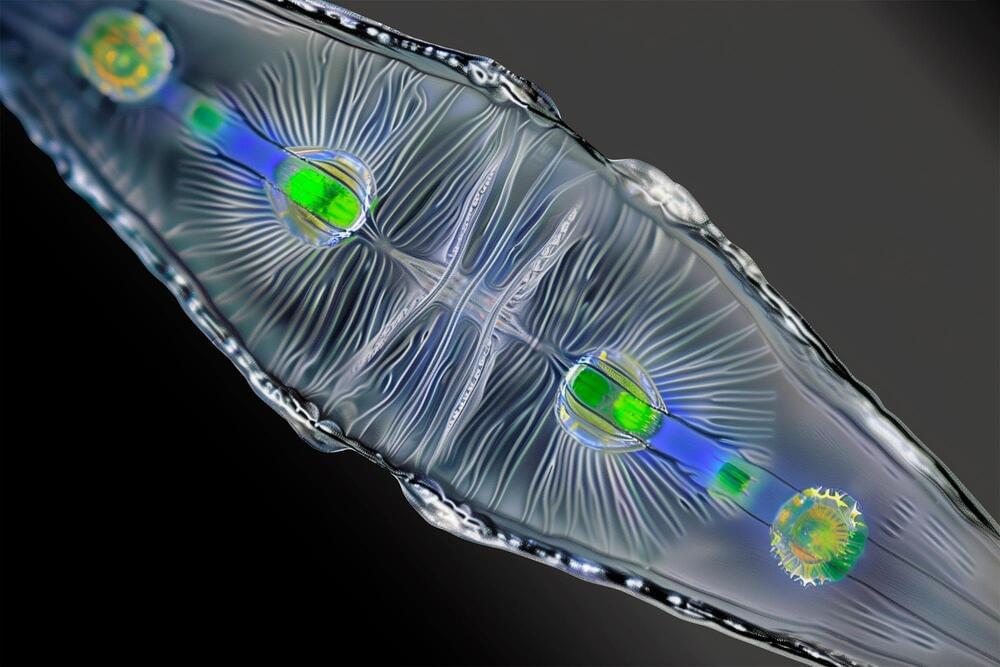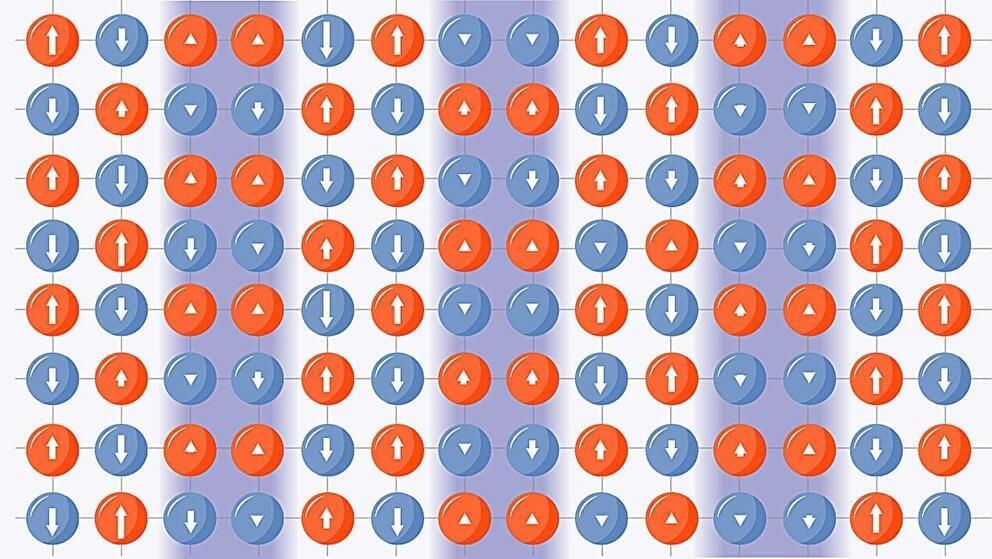WASHINGTON — Redwire Space is doubling down on interest in the emerging market for very low Earth orbit (VLEO) satellites by offering a second spacecraft platform from its European subsidiary.
In a May 9 earnings call, Redwire announced a VLEO satellite platform called Phantom, developed by the company’s European business unit in Belgium. Phantom is being developed for the European Space Agency’s Skimsat mission, on which Redwire is partnered with Thales Alenia Space, and is now being offered for European and international customers.
Phantom joins SabreSat, a VLEO satellite Redwire announced in its previous earnings call in March that is being developed by the company in the United States. The two designs use different technologies.









